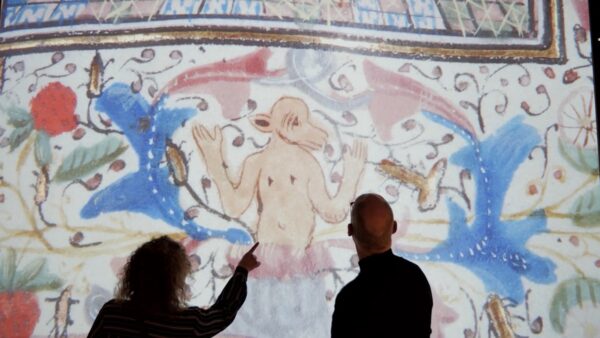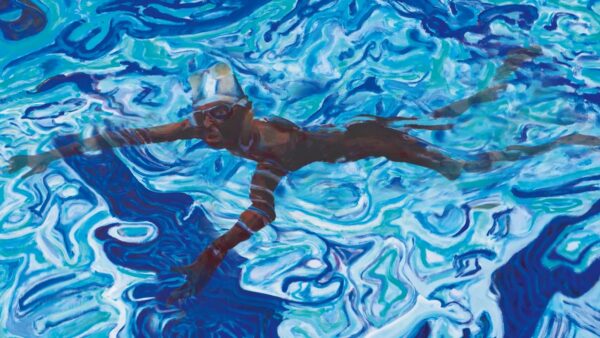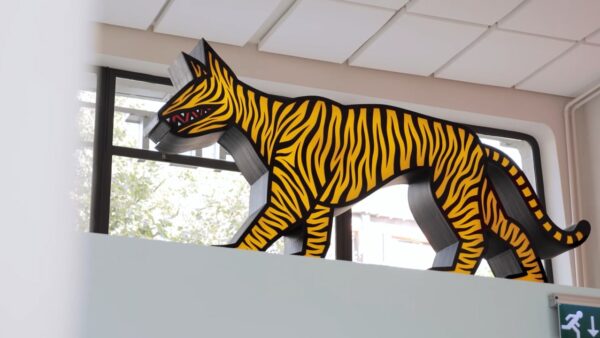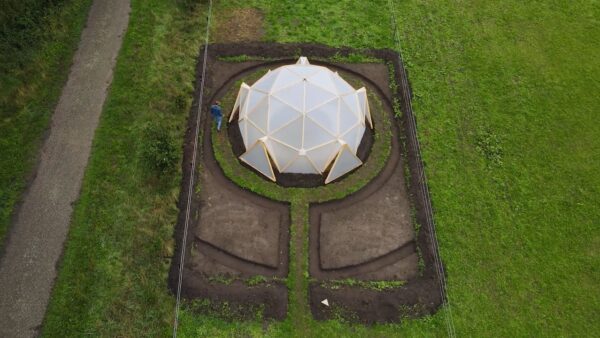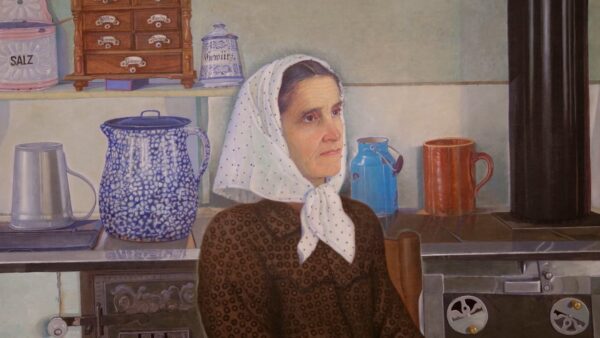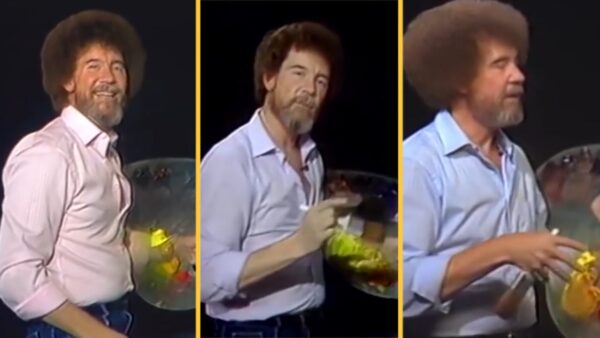This year it is 75 years ago that the international symbol of the Holocaust, concentration and extermination camp Auschwitz, was liberated. Artist Daan Roosegaarde was asked to create a special national work of art for this occasion.
The Jewish custom is to place stones to honour the deceased, not flowers. Artist Daan Roosegaarde and his team of designers have used this as an inspiration for LEVENSLICHT. By using invisible ultraviolet light, the specially developed stones with fluorescent pigments can light up every few seconds, like a breath of light. The artwork LEVENSLICHT was exhibited in Rotterdam, lighting up the banks of the river Maas. After that LEVENSLICHT was shared among more than 170 local municipalities with a Holocaust history in the Netherlands. Never before has the Holocaust been commemorated in so many places at the same time.
LEVENSLICHT (Light of Life) makes people aware of the consequences that the Holocaust has had in many Dutch municipalities. Daan Roosegaarde: “It is an honor to be asked for this project. LEVENSLICHT is not a traditional static monument in which people are purely observers; it asks social participation. Light is life, light is hope: LEVENSLICHT.”
Gerdi Verbeet, chairman of the National Committee for 4 and 5 May: “This work of art, which can be seen in many Dutch municipalities affected by the Holocaust, makes the emptiness and lack of this large group tangible in those municipalities where compatriots were murdered during the war, purely and simply for who they were.”
The horror of the Holocaust is described by survivors as “beyond words”. Therefore design creates a more associative interaction as a platform for sharing: for some Holocaust survivors LEVENSLICHT is a connector of emotional stories which they share with their (grand) children. For others the design of LEVENSLICHT is an activator, to stress the importance of freedom in the future. LEVENSLICHT provides a public place for contemplation about the Holocaust and the broader importance of freedom.
